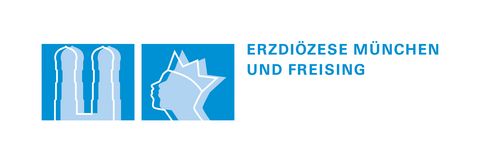In part 4 of our series, we look at refugee protection, one of a total of four forms of protection in Germany that the Federal Office for Migration and Refugees - BAMF for short - examines for every asylum application:
- Right to asylum
- Refugee protection
- Prohibition of deportation
- Subsidiary protection
Refugee protection: According to the Geneva Convention of Refugees, refugee protection also includes protection against persecution by non-state actors, unlike the right to asylum, which was presented in Part 2 of our series. The constitutionally protected right to asylum only protects against dangers emanating from the home country. Refugee protection protects people if there is justified persecution due to their nationality, political convictions, religion or membership of a particular social group. In addition, refugee protection can also be acquired if physical or psychological violence, including sexual violence, has been used. The prerequisite for this refugee status is that they are outside their home country or live as stateless persons outside their country of habitual residence. Residence is initially granted for three years.
If you have any further questions, please do not hesitate to contact us. We are there for you with three advicecenters in Garmisch-Partenkirchen, Murnau and Mittenwald. Mail to: integrationsberatung@skf-garmisch.de






